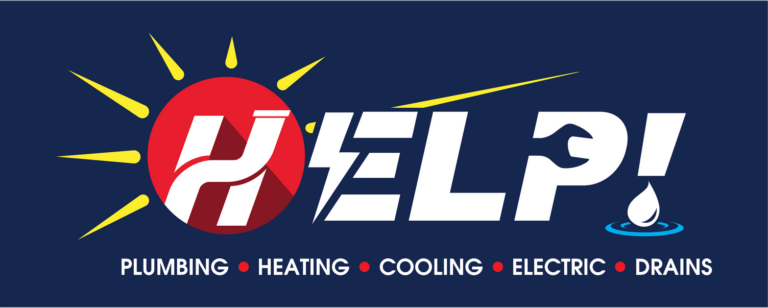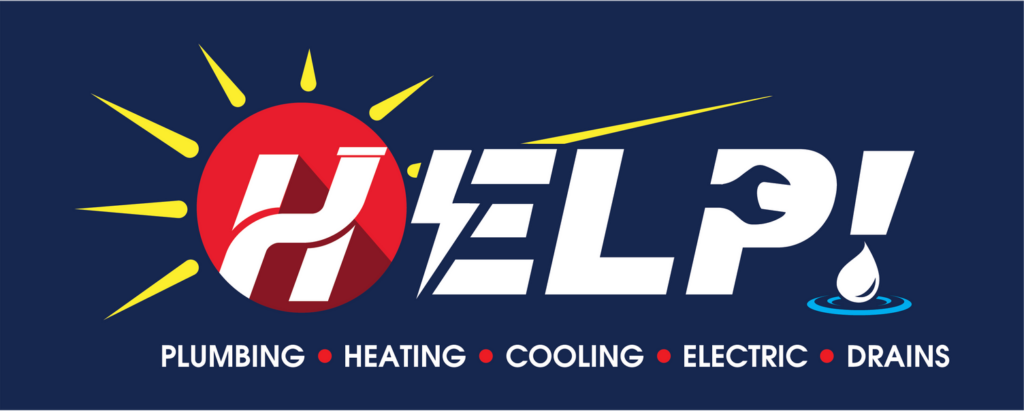Typically, you don’t think twice about flushing toilet paper. But when you travel to other countries throughout the world, you realize what a luxury flushing toilet paper is. In many countries, you must throw away the toilet paper because the plumbing system can’t handle it.
Even in the United States, flushing toilet paper can sometimes create problems. If you use the wrong type of toilet paper too many times, you might find yourself with a broken toilet or a flooded bathroom. Here’s what you need to know about toilet paper and your plumbing.
Choose Dissolvable Toilet Paper
As you scan the toilet paper options on the store shelves, you gravitate toward toilet paper that looks the softest and the most comfortable. Or, you may choose the least expensive option. But do you ever consider how dissolvable the toilet paper is?
Ideally, the toilet paper you choose should quickly dissolve. If it doesn’t, your toilet paper can build up in your pipes and clog your plumbing. This is especially true if you own a low-flow toilet. While these toilets save water, they provide less pressure to push the toilet paper down the pipes.
So which type of toilet paper is the most dissolvable? Typically, one-ply toilet paper is considered the least thick. One-ply means that there is just one layer of paper. But just because one-ply toilet paper is thin doesn’t necessarily mean that it’s the most dissolvable.
Good Housekeeping tested 22 types of toilet paper to determine the highest-quality toilet paper. Some of the most dissolvable brands (that were also rated as soft, strong, and absorbent) included:
- Scott 1000 (one-ply)
- Scott Naturals (two-ply)
- Seventh Generation (two-ply)
- Target Up & Up (two-ply)
- WhiteCloud Ultra (three-ply)
To test how dissolvable your toilet paper is, place one piece of toilet paper in a container of water. Leave it alone for 30 seconds, and then stir it gently. Ideally, the toilet paper should immediately begin to break into shreds. If it doesn’t, you may want to choose a different toilet paper brand.
Another way to test your toilet paper is to simply drop a sheet of toilet paper into your toilet. If it is still fully intact a few minutes later, it’s probably not dissolvable enough.
Don’t Flush Anything Else
Toilet paper is the only thing you can safely flush. If you use flushable wipes instead of toilet paper, you might want to think again. Even though they’re called “flushable,” flushable wipes take much longer to break down than toilet paper does. Because they are so thick, they can easily get stuck in your plumbing.
Also, remember not to flush any of the following down your toilet:
- Diapers
- Feminine hygiene products
- Cotton balls
- Tissue
- Paper towels
- Wrappers
- Medications
When you flush anything other than toilet paper, it clogs your pipes and prevents water and waste from flowing through.
Got a Clog?
If your toilet gets clogged, don’t flush. Flushing could cause your toilet to flood.
Instead, call the experienced plumbers at HELP Plumbing, Heating, Cooling and Drains. Our plumbers use a drain snake to unclog your toilet. The drain snake is a wire coil with a corkscrew tip. Our plumbers move the snake down the pipes until they find the clog. Then, they use the tip of the snake to break up the clog or pull out the debris.
For more severe clogs, your plumber may need to examine the sewer line to find the source of the clog.
Follow these tips to avoid toilet paper clogs and other types of clogs. If you do notice a clog, call HELP Plumbing, Heating, Cooling and Drains.


